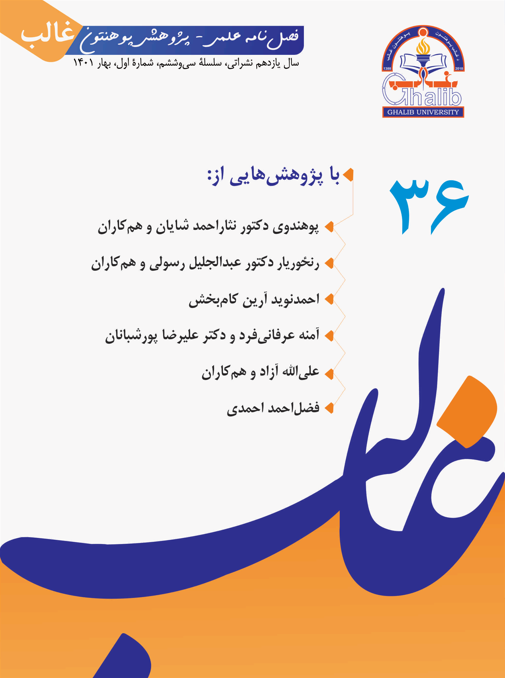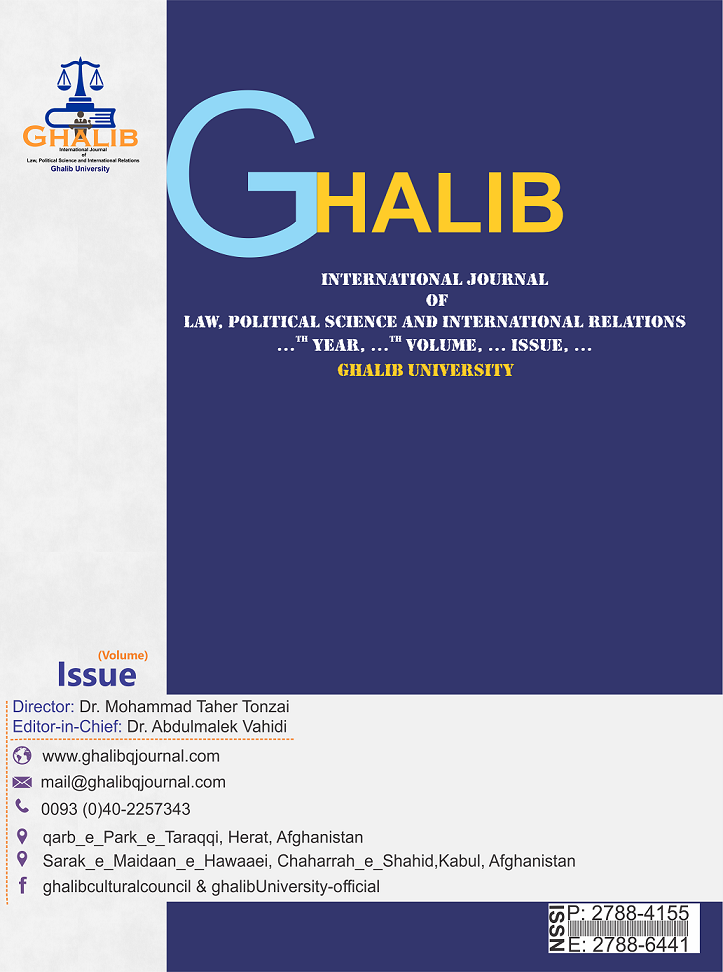4. Transtexuality critique of the novels "Dar Hazar" and "Dar Safar" by Mahshid Amirshahi
DOI:
https://doi.org/10.58342/.v11i36.31Keywords:
Transtextualite, Gérard Genette, Dar Hazar, Dar Safar & Mahshid Amirshahi.Abstract
By discovering the types of communication between texts and other pseudo-texts and the impact on audience reception, the scope of the term intertextuality extended to the theoretical concept of Transtextualite; A concept that examines the types of possible relationships between a text and a non-self. By dividing these relationships by Gérard Genette into five types of Intertextualite, Metatextualite, Arcitextualite, Paratextualite and Hypertextualite, different aspects of text became clearer. In the present study, by examining the two novels "Dar Hazar" and "Dar Safar" by Mahshid Amirshahi and transtextuality network, we seek to achieve different aspects of the text in order to achieve a wider world than the written text and finally a systematic reading of the mentioned works. In addition to drawing the reader's attention to the narrative of each work, this powerful network emphasizes the pulling out of semantic layers and breaking it’s linguistic structure, and responds to how the hidden and overt angles of the text are revealed in transtextuality criticisme and to how to gain a new and in-depth understanding of the text. The results of this new reading, using content analysis method and emphasis on library studies, historical documents and media reports, show that Transtextuality relationships with the evaluation of their intratextual and extra-textual streams are an essential element for understanding literature and any other text; A process that, by showing the hidden and obvious relationships between works and works with their social environment, causes their brilliance and influence.
Downloads
Published
Versions
- 2022-08-23 (3)
- 2022-08-07 (2)
- 2022-08-04 (1)
How to Cite
Issue
Section
License

This work is licensed under a Creative Commons Attribution-NonCommercial-NoDerivatives 4.0 International License.













